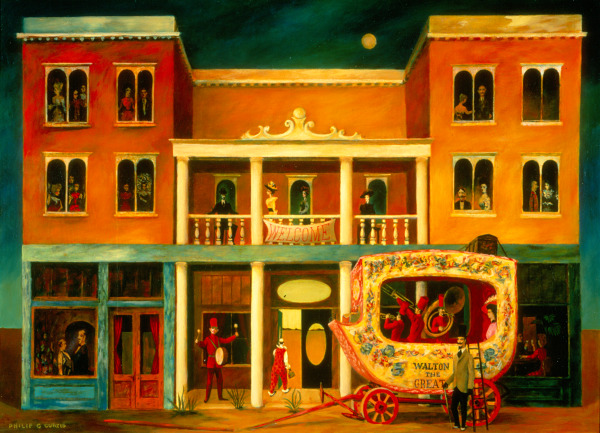Philip C. Curtis was born in 1907 in Jackson, Michigan. He received his Bachelor of Arts from Albion College and studied law at University of Michigan before enrolling in the School of Fine Arts at Yale University. After his training, the Works Progress Administration (WPA), a program created as part of President Franklin D. Roosevelt’s New Deal, hired him as the assistant supervisor for mural paintings in New York. In 1937, he was sent by the WPA’s Federal Art Project to Phoenix to establish Arizona’s first art center. At the Phoenix Art Center, which in 1959 would become Phoenix Art Museum, Curtis created traveling exhibitions, and artist Lew Davis taught art classes. In 1939, Curtis left Arizona to help start the Des Moines Art Center, only to return in 1947 to establish his permanent home and studio in Scottsdale, where he remained until his death in 2000.
Curtis, who was also a museum administrator and arts advocate, is one of Arizona’s most historically significant artists. Drawing inspiration from the Arizona desert and through the lens of magic realism, he created landscapes and figural compositions that often included Victorian-style subjects to complete his surrealist fantasies about human life and relationships. Rotating works by Curtis are on permanent display in the Museum’s The Ullman Center for the Art of Philip C. Curtis.
.



